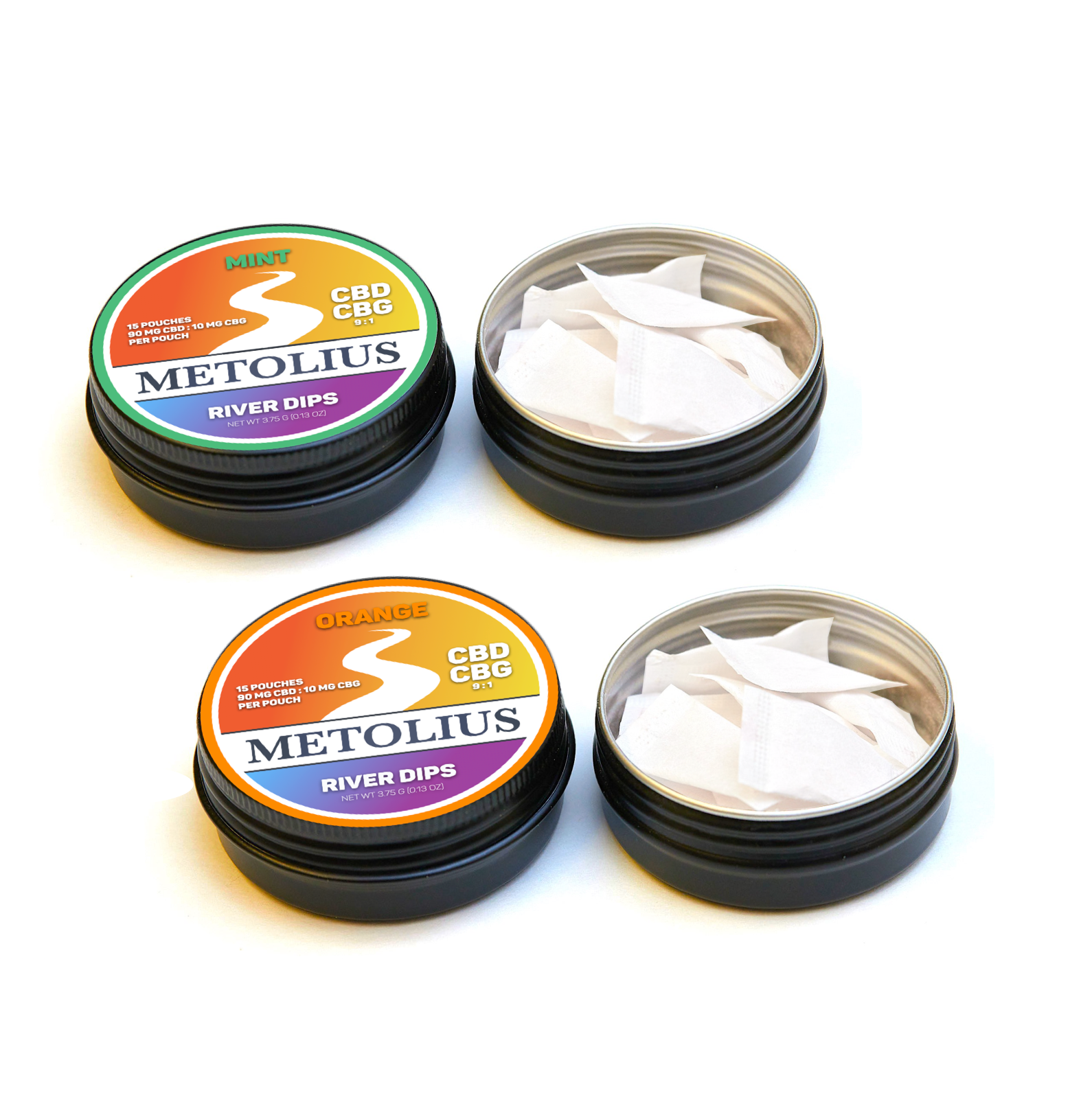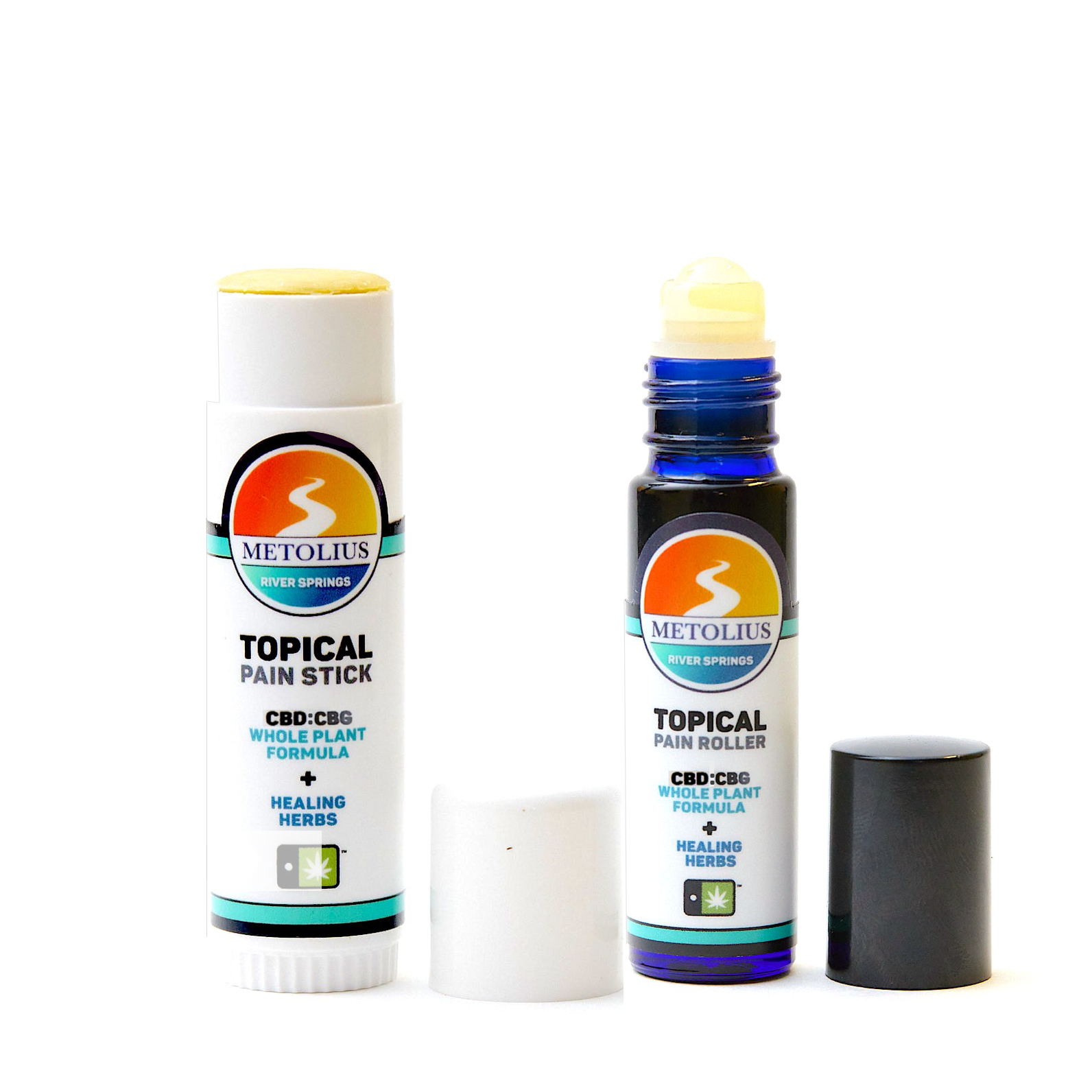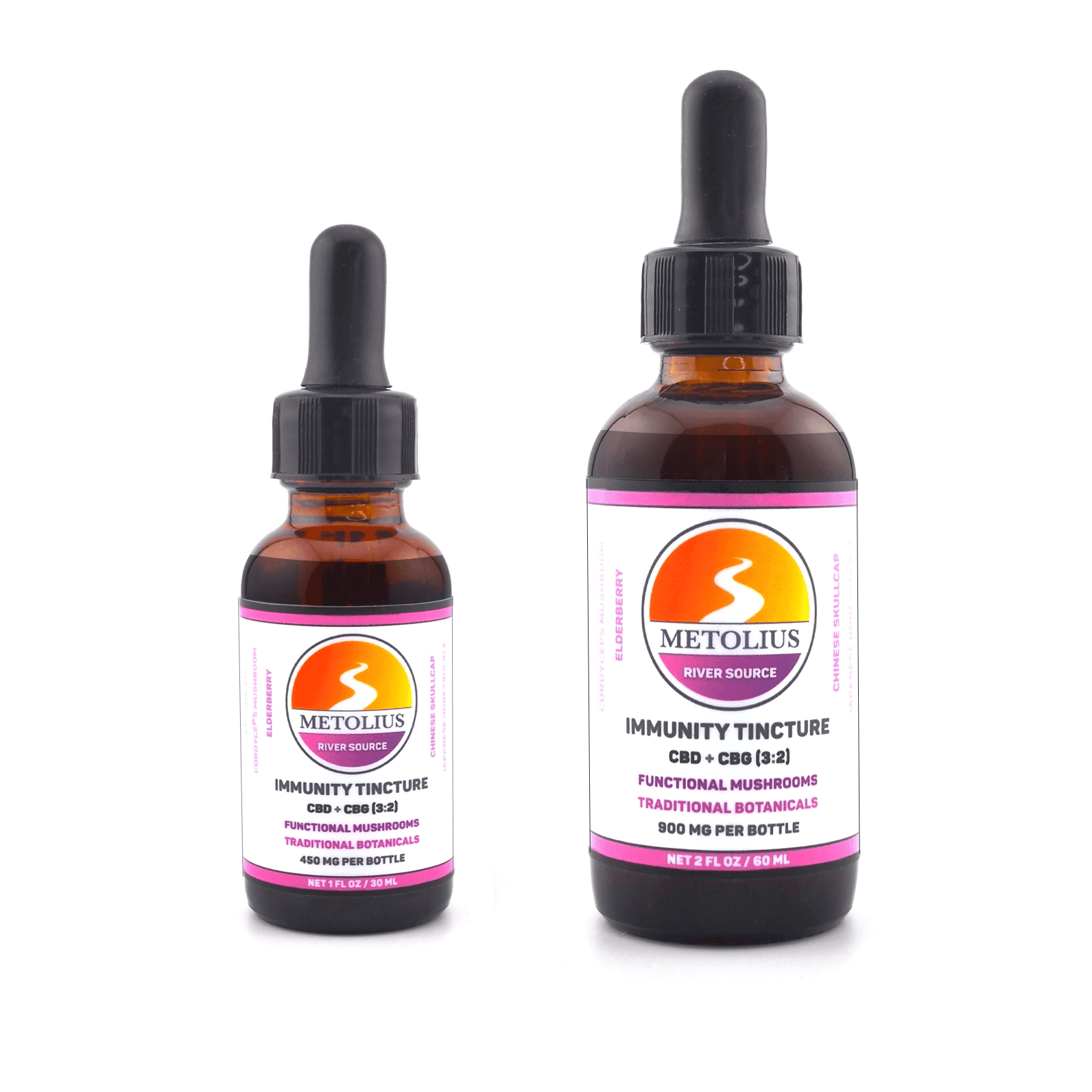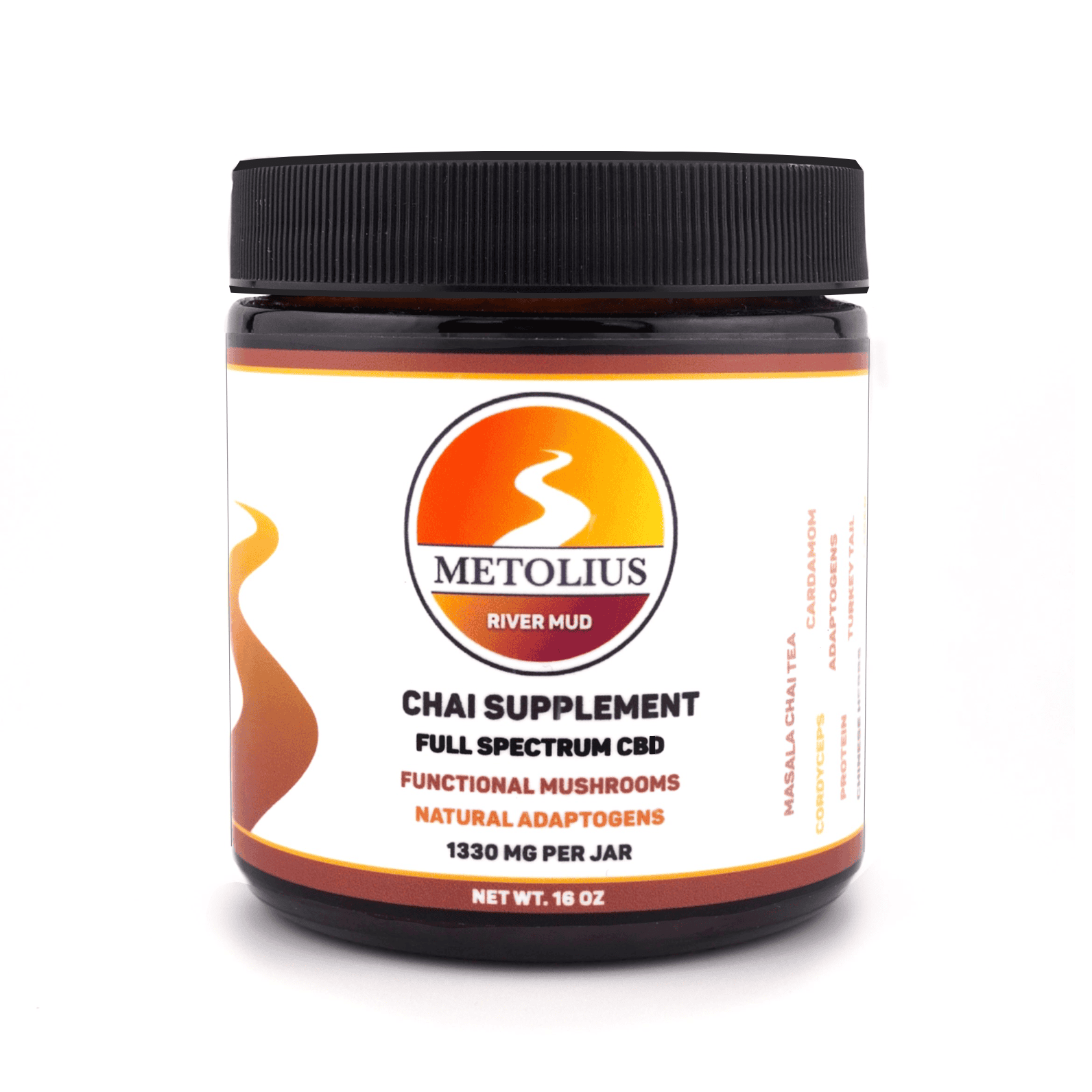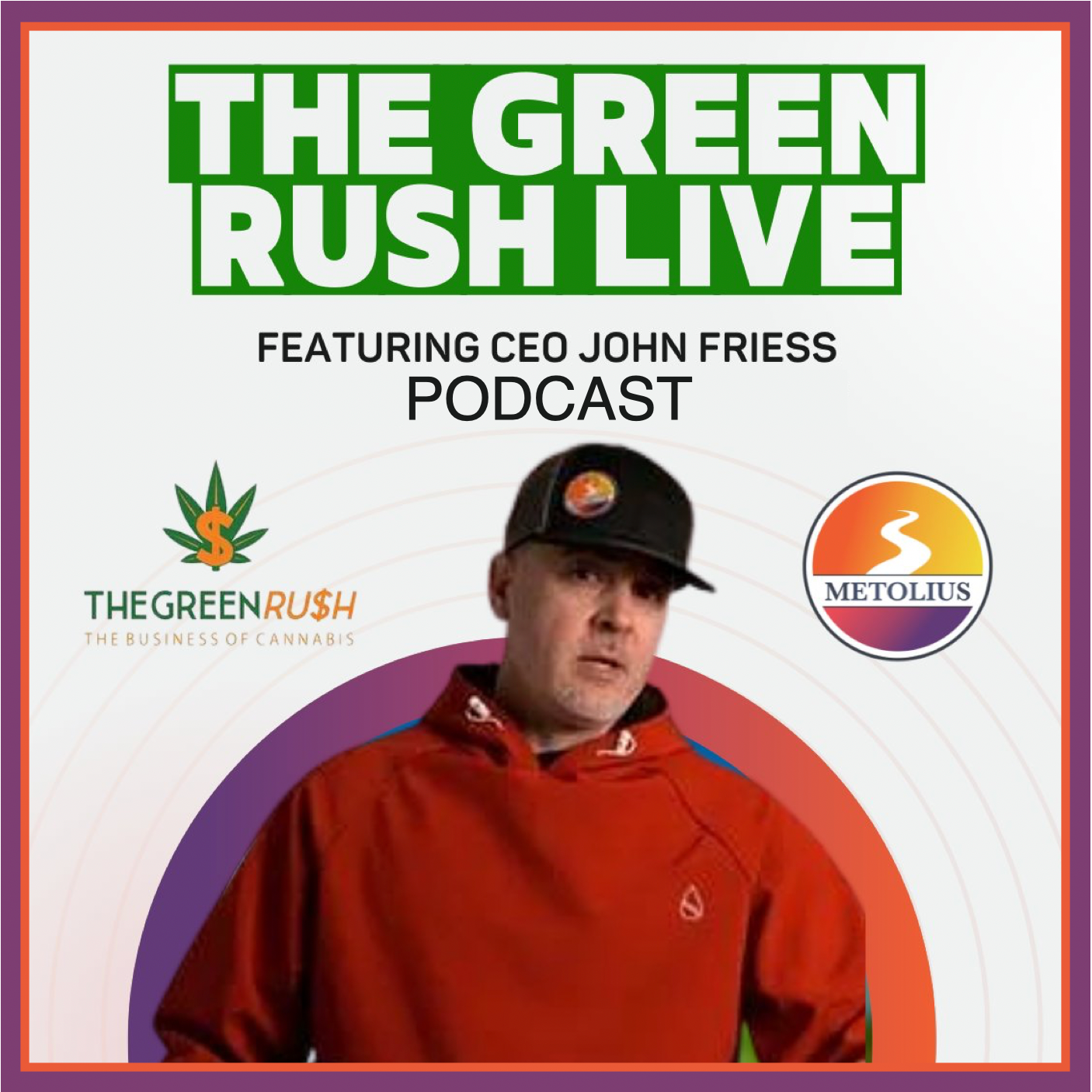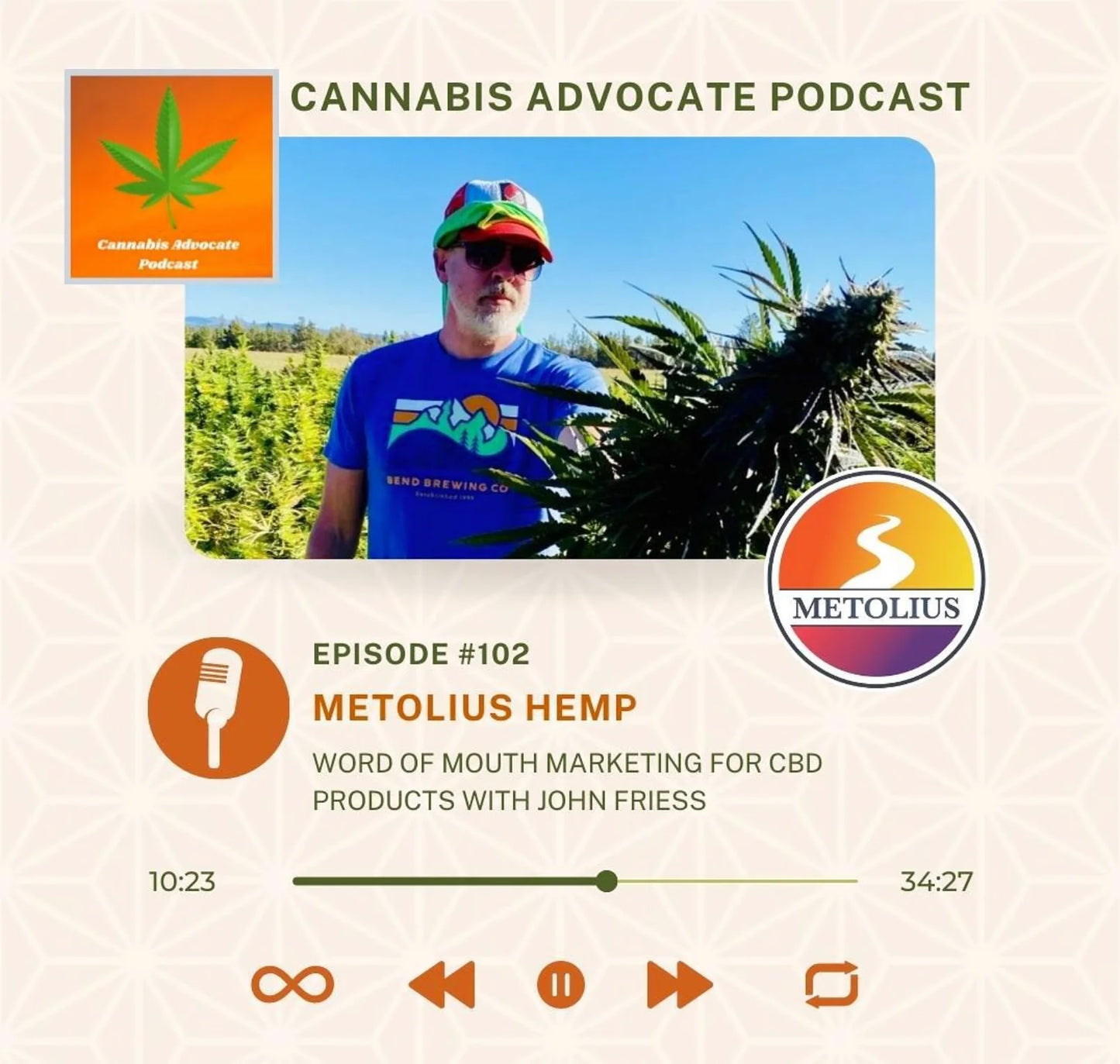Unless you’ve been living under a rock for the last few years, you have probably heard the term ‘terpenes’ or ‘terpenoids’ by now. Terpenes are naturally occurring organic compounds found at the molecular level in many different species of plants. They are responsible for the aromatic properties that we often receive from specific plants, flowers or trees. That ‘piney’ smell we associate with fir trees, the sweet scent of lavender and roses, the ‘spice’ of cinnamon, or the citrus aroma from fruit trees all can be attributed to a plant’s terpene profile.
Significant quantities of terpenes/terpenoids are also found in hemp & cannabis, which produce a diverse array of smells often associated with different strains. Skunky, grape, diesel, citrus, and pine are a few of the common scents you have probably heard used when describing the aroma of a particular strain, all of which are attributed to the terpene content. Often referred to as ‘terps,’ terpenes provide the unique, complex flavor profile that we taste and smell when consuming hemp flower, kief, and various extracts of the plant.
Lab analysis performed on hemp & cannabis flower, required for all products before they can be sold to consumers, not only reveals the Phytocannabinoids (CBD, CBG, THC etc) but also the terpenoids. The terpene profile of every plant can be broken down into two categories: Major & Minor Terpenes. Major, or primary, terps are produced in significantly greater quantities in hemp and are typically the ones linked to taste and smell.
A single hemp plant typically contains a dozen or more primary terpenes, while there have been over 200 types of terpenoids discovered in the hemp/cannabis genome! The most common terps found in hemp are myrcene: fruity aromas also naturally occurring in mangoes, pinene: commonly associated with pine or fir trees and also found in hops, and humulene: earthy, herbal & spicy smells which also can be found in black pepper, hops and ginseng.
Fascinatingly, terpenes aren’t just responsible for these pungent aromas and flavors. They are now considered to play a major role in the experience and benefits that plants provide. Originally identified in the late 1800s by a German chemist, terpenes were believed only to create the scent of flowers or plants. Modern-day research has revealed an abundance of new properties surrounding terpenes in the botanical world, especially in hemp & cannabis plants.
Terpenoids have been linked to the physical & chemical effects that occur when we consume plants, and also have a variety of applications now used in the cosmetics, cleaning supplies, medical & pharmaceutical industries. Essentially, terpenoids are just as important as cannabinoids are, in order for us to “feel” the effects of hemp. Consider phytocannabinoids like CBD, CBG or THC to be the “orchestra” delivering the plant’s compounds that interact with our body & mind, while terpenes are the actual “composers” of what we experience. Terps are what shape the experience, and when combined with cannabinoids create a synergistic effect affectionately known as the “entourage effect.”
It is believed that the greater diversity and volume of terpenoid & cannabinoid content, the more full-bodied the effects will be. This is why “full-spectrum” hemp products are more desirable, considered to be more effective. In unison, cannabinoids & terpenes interact with our Endocannabinoid System (ECS), which lends itself to a diverse array of benefits including pain-relief, anti-anxiety, anti-inflammatory, sedative, antibacterial, and even anticancer.
At Metolius Hemp, we take pride in the genuine efficacy of our products. That is why we utilize as many forms of the CBD & CBG Hemp we grow as possible. Our unique blend of organic flower, distillate, isolate and kief leads to significantly greater terpene & cannabinoid content, thus creating enhanced effects. Look for a wide variety of tasty terpenes in our CBD & CBG, producing aromas such as lavender, magnolia, cinnamon, basil and chamomile.
Resources:
https://extractconsultants.com/blogs/extract-consultants/understanding-terpenes
https://www.leafly.com/news/cannabis-101/myrcene-linalool-and-bisabolol-what-are-the-benefits-of-these-can
https://www.leafly.com/news/science-tech/humulene-terpene


